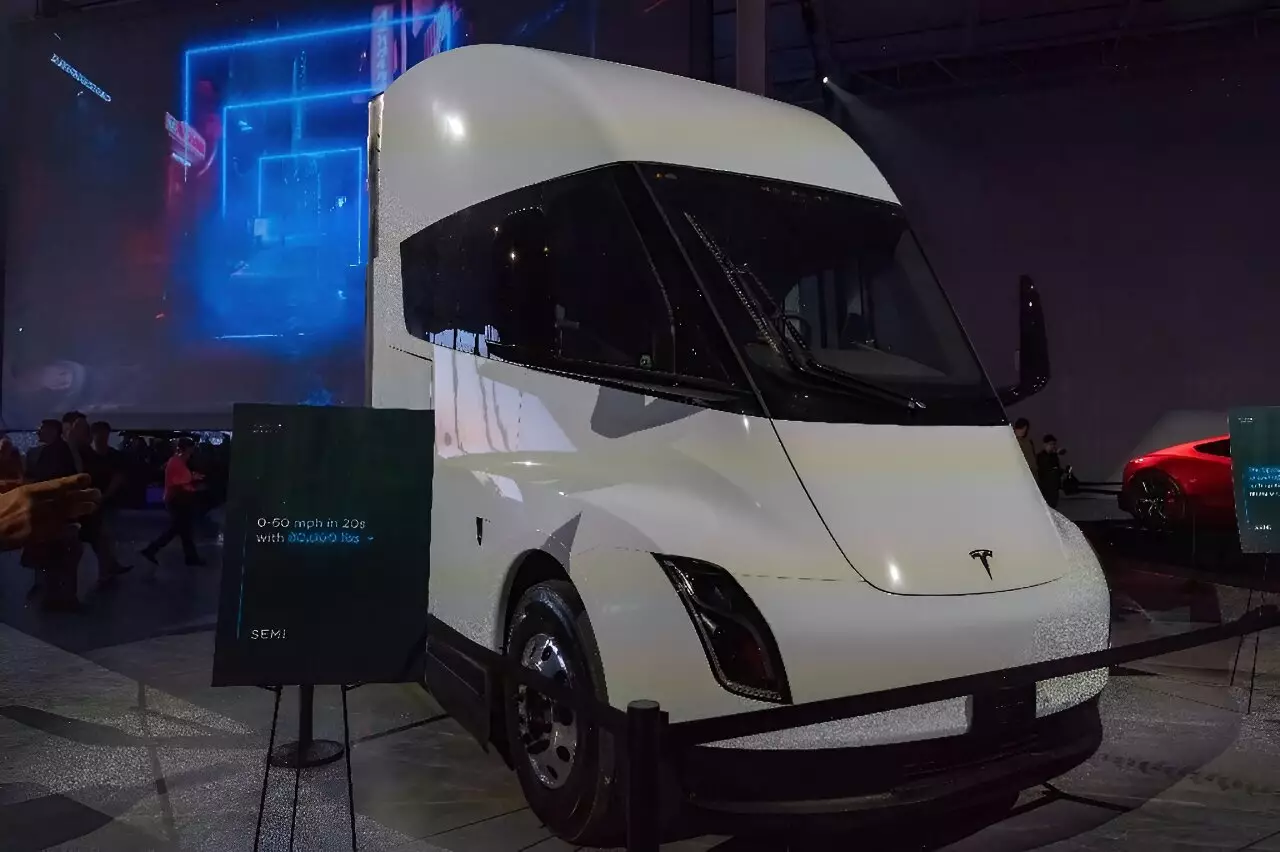

On August 19, a significant incident involving a Tesla Semi truck drew attention to the challenges associated with the management of electric vehicle (EV) fires, particularly those related to lithium-ion batteries. The vehicle, operating under the Tesla umbrella and being driven by a company employee, was en route from Livermore, California, to Sparks, Nevada, when it veered off the road, crashing into a tree and descending down a slope. Thankfully, the driver escaped unscathed, but the aftermath of the crash led to extensive firefighting efforts and raised questions about emergency response capabilities for EVs.
The response from California firefighters was swift but highlighted the complexity of extinguishing fires involving electric vehicles. Approximately 190,000 liters—or about 50,000 gallons—of water were necessary to manage the blaze and cool the vehicle’s lithium-ion batteries, as stated by the National Transportation Safety Board (NTSB). This extensive use of water illustrates the significant differences in firefighting strategies required for traditional combustion-engine vehicles compared to electric ones. The fire eventually prompted the deployment of an aircraft to drop fire retardant on the area, emphasizing the seriousness of the situation and the precautions necessary to prevent the blaze from spreading to the nearby forested regions.
Beyond the immediate firefighting efforts, the incident serves as a stark reminder of the inherent risks associated with lithium-ion batteries. The NTSB’s report underscored that the battery system ignited following the crash, a common occurrence with electric vehicles due to their chemical composition. Previous incidents have shown that traditional firefighting methods may not be adequate for dealing with such fires, leading to prolonged burn times and complicated recovery processes. In this case, the freeway was shut down for around 15 hours to ensure that the battery reached a safe temperature, which not only affected traffic but also highlighted the logistical challenges posed by such incidents.
This incident comes at a critical juncture as Tesla and other automakers continue to ramp up the production of electric vehicles. CEO Elon Musk recently reaffirmed Tesla’s commitment to begin large-scale production of the Semi by the end of 2025. However, while advancements in EV technology move forward, the industry must also prioritize safety standards and protocols to address the inherent risks of electric vehicle fires. Authorities and manufacturers need to collaborate on guidelines that may encompass improved battery designs, robust emergency response training, and public awareness initiatives.
The Tesla Semi incident is not just an isolated event; it reflects a larger trend that will likely shape the future of electric vehicle safety and emergency response protocols. As the transition to electric mobility progresses, it is crucial for stakeholders to develop comprehensive strategies for dealing with the unique challenges that come with lithium-ion battery fires. This event serves as a call to action for innovation in both vehicle technology and emergency preparedness to ensure that the promises of electric vehicles do not come at an unacceptable risk to public safety.
In the realm of software development, the ability to swiftly and accurately address bugs is…
The realm of quantum computing and communication is not just an abstract dream anymore; it…
In a remarkable leap for the field of material science, a collaborative research initiative has…
Throughout Earth's vast history, our planet has endured five major mass extinction events that reshaped…
Rainfall is a vital element of our planet’s hydrological cycle, yet many aspects of its…
On a night when the universe aligns, a mesmerizing phenomenon awaits: the appearance of the…
This website uses cookies.